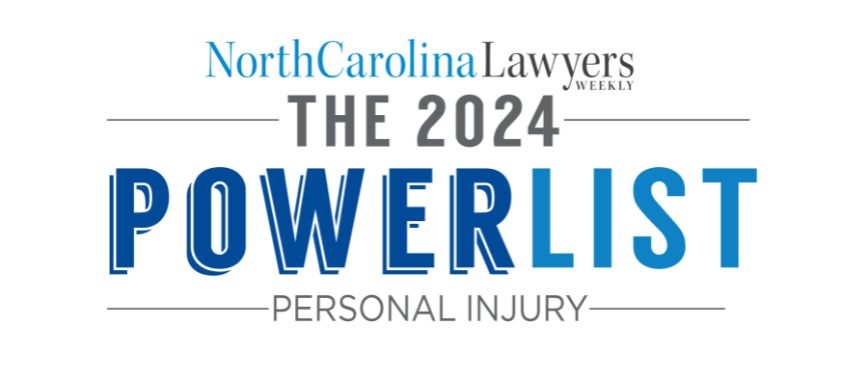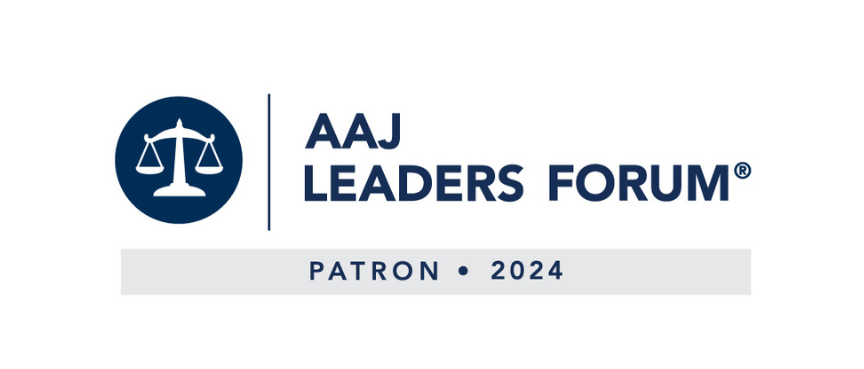One of the first steps that you should take following a North Carolina automobile accident is to obtain a copy of the investigating officer’s Crash Report (DMV Form 349). The Crash Report provides basic facts about the drivers involved in the accident, their vehicles, and the nature of the collision. In many North Carolina cities and counties, you must contact the police or sheriff department to obtain your copy of the Report. However, if your accident occurred in Raleigh, you may search here. If your Crash Report was generated by the State Highway Patrol, you may call (919) 861-3098 to obtain a non-certified Report. The attorneys of Maginnis Howard can help you obtain your Crash Report if you are having any difficulty. You may speak with one of our lawyers at (919) 526-0450.

Maginnis Howard is a Raleigh litigation law firm representing personal injury claimants throughout North Carolina, including Raleigh, Cary, Durham, Chapel Hill, Fayetteville, Apex, Wake Forest, Morrisville, and Clayton. If you have been involved in a serious motor vehicle accident, call our civil litigation lawyers for a free consultation and evaluation at (919) 526-0450. We will handle all negotiations with the at-fault driver’s automobile insurance company and, if necessary, litigate your case through to trial. If you would like to submit an email inquiry, please feel free to utilize our contact page.
Among the information disclosed in the Crash Report is:
(1) Basic facts about weather, lighting, and road conditions;
(2) The officer’s opinion regarding what conduct of the drivers lead to the collision;
(3) Identification of the drivers and passengers, and the drivers’ respective insurance information;
(4) Whether any parties involved sustained an injury obvious to the investigating officer and whether an ambulance was called;
(5) Whether alcohol or drug consumption was expected and/or tested for;
(6) Location of damage to vehicles and estimated cost of repair;
(7) Estimated speed of vehicles before and at time of collision;
(8) Whether any tire impressions were made; and
(9) Whether any traffic citations were issued.
The Crash Report will also typically contain a “narrative.” This is the investigating officer’s description of how the accident occurred. It is typically based upon discussions between the officer and the drivers involved but may also be based upon the physical evidence, including the damage to the vehicles and any tire impressions on the road.
Crash Reports may be admitted into evidence over the hearsay rule, so it is important that your Crash Report is accurate. Therefore, if there is any discrepancy in your Report, you, or your attorney, should contact the investigating officer early on to discuss a possible amended Crash Report or at least have the officer aware of the discrepancy so that he or she may testify accordingly.





